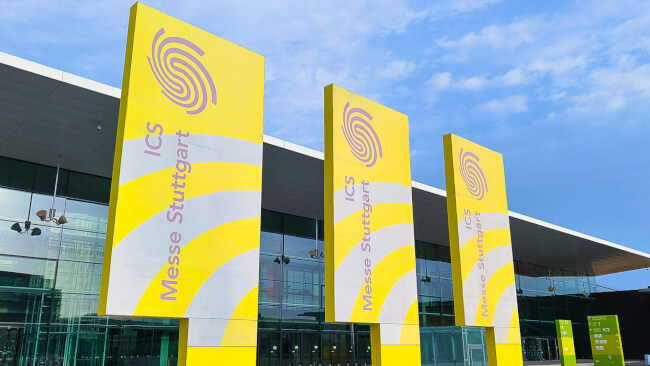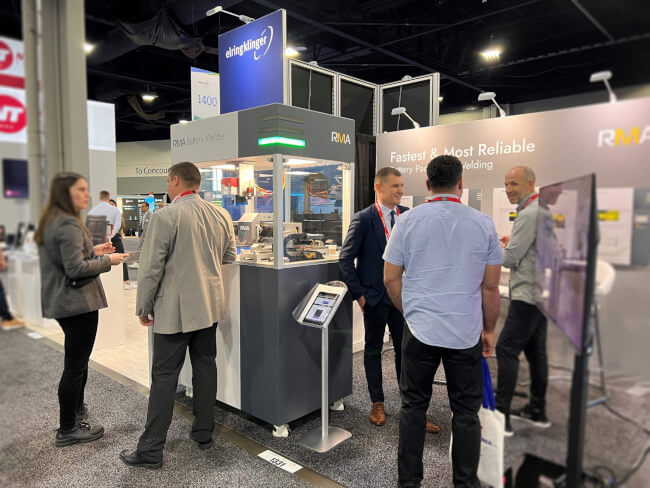
Table of Contents
- Introduction
- The Growing Role of Laser Welding
- Comparing Battery Welding Techniques
- Advantages of Laser Welding
- RMA Battery Welder Series
- Applications and Use Cases
- Expertise and Innovation
- Real-World Results
- Looking Ahead
- FAQ
- Contact Us
- Sources
Introduction
As electric mobility, renewable energy, and portable electronics expand rapidly, the demand for high-performance battery packs continues to grow. A key factor in battery reliability is how cells are connected into modules. Laser welding has emerged as the go-to method for precision, speed, and performance, and RMA is leading this transition with advanced laser automation solutions.
The Growing Role of Laser Welding
Modern battery production needs to be efficient and precise. Whether joining aluminium tabs, copper busbars, or battery enclosures, laser welding provides a clean, non-contact, high-speed alternative that reduces thermal distortion and enables welding of dissimilar metals.
Comparing Battery Welding Techniques
- Ultrasonic Welding: Great for thin tabs but limited depth and durability.
- Resistance Spot Welding: Cost-effective but struggles with copper and thick materials.
- Arc Welding: Effective but slow and heat-intensive.
- Laser Welding: Superior speed, flexibility, and precision. Ideal for battery manufacturing.
Advantages of Laser Welding
1. Speed and Throughput
Welds in < 0.1 seconds. Machines like RMA Battery Welder Max are built for high-volume production with automation and real-time QC.
2. Precision and Quality
High beam focus = accurate, spatter-free welds with minimal thermal impact.
3. Strength and Reliability
Laser welds create strong, conductive joints suitable for high-current EV batteries.
RMA Battery Welder Series
- BW Spot: Compact and fast for workshops.
- BW Flex: Ideal for R&D and short runs.
- BW Flex Turntable: Dual-station for higher throughput.
- BW Max: Fully automated production system.
All models run on the intuitive BW Interface software for weld configuration and traceability.
Applications and Use Cases
- EV battery pack assembly
- Battery repair and rework
- Stationary energy storage systems
- Research and pilot manufacturing
Expertise and Innovation
RMA supports clients through its Laser Application Center (LAC), offering full-cycle support—from prototyping to ramp-up. Expertise in fixture design, monitoring, and validation ensure production-ready processes.
Real-World Results
RMA solutions are used by European battery leaders. Benefits include reduced downtime, improved weld quality, and support for innovation.
Looking Ahead
As electrification accelerates, laser welding will remain a key enabler of scalable, reliable battery production. RMA is committed to advancing the future of energy through innovation.
FAQ – Laser Welding for Battery Manufacturing
What types of battery cells can be laser welded?
Cylindrical (18650, 21700), prismatic, and pouch cells are all compatible.
Is laser welding safe for sensitive battery modules?
Yes. With focused heat and non-contact operation, it’s among the safest techniques.
What is the cycle time for laser welding a cell?
As low as 0.1 seconds per weld with optimized systems like RMA BW Max.
Can laser welding be automated?
Absolutely. RMA offers fully automated platforms with robotic handling and inline QC.
Contact Us
Looking to improve your battery production process? Get in touch with RMA for a free laser welding consultation.
Sources
- RMA company website – https://myrma.eu
- Fraunhofer ILT – "Laser Welding of Batteries"
- Battery University – "Welding Battery Tabs"
- Laser Focus World – "How Lasers Power the EV Revolution"
- Journal of Manufacturing Processes – "Joining Technologies in Li-Ion Batteries"



